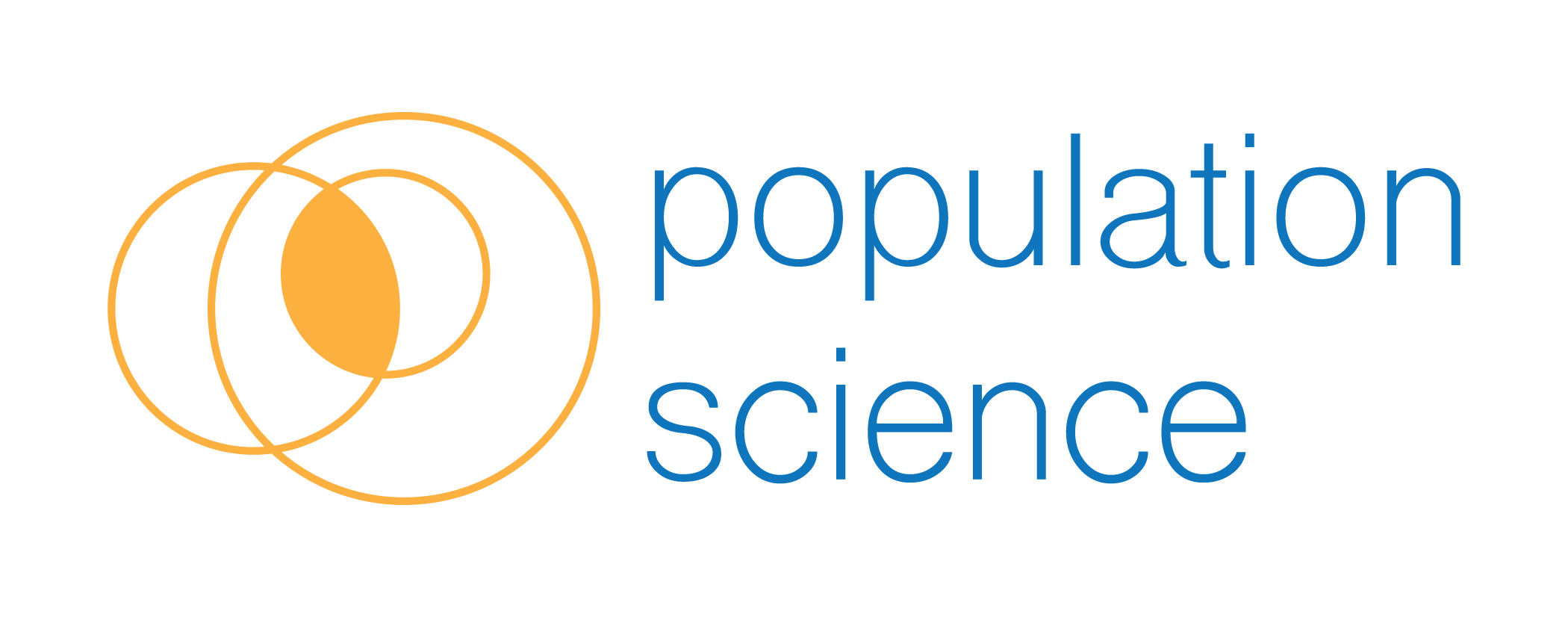A Demand Side Platform (DSP) determines what to bid for each ad impression using a complex process that takes into account several factors. Here’s a simplified breakdown of how this works:
Advertiser Input
– Campaign Objectives: The DSP considers the goals of the campaign, whether it’s brand awareness, lead generation, conversions, etc.
– Budget: The advertiser sets the campaign budget and bid limits.
– Bid: The advertiser sets the maximum CPM or CPC they are willing to pay.
– Targeting Criteria: The advertiser defines the audience segments, geolocations, devices, and other targeting parameters.
– KPIs: Key performance indicators are set, which can include click-through rate (CTR), conversion rate, cost per acquisition (CPA), etc.
If you’re looking to learn more on how to implement a DSP, check out this article here: https://populationscience.com/how-to-implement-a-demand-side-platform-dsp/
Data Analysis
– Audience Data: The DSP uses first-party data (from the advertiser), third-party data (from external providers), and its own data to identify the value of a potential impression.
– Historical Performance: Past performance data of similar ads and targeting criteria are used to predict future performance.
– Contextual Data: Information about the content surrounding the ad placement is considered to ensure relevance and brand safety.
Real-Time Bidding (RTB) Auction Mechanics
– Auction Type: The DSP evaluates whether the auction is a first-price (pay the price you bid) or second-price auction (pay one penny over the second place bidder), which impacts how much should be bid.
– Supply and Demand: The DSP assesses the supply of available impressions and the demand from other advertisers, which influences the market price.
– Bidstream Data: Each bid request contains data such as user demographics, behaviors, the site/app they’re on, and other key data points which the DSP uses to calculate the value of the impression and whether or not it meets your inputs. For more information about the bidstream click here (link to our other blog)
Machine Learning and Algorithms
– Predictive Modeling: DSPs employ machine learning algorithms to predict the likelihood of a user taking the desired action after seeing an ad.
– Bid Optimization Algorithms: These algorithms determine the optimal bid amount based on the likelihood of meeting the campaign’s objectives at the lowest possible cost. Note, some DSPs allow you to customize your own bidding algorithm.
Budget Optimization
– Pacing: The DSP ensures the budget is spent evenly over the campaign duration or adjusts spending based on performance peaks and lulls.
– ROI Considerations: The DSP will bid higher for impressions that are more likely to lead to a conversion or achieve the desired outcome, ensuring a better return on investment.
Real-Time Decisioning
– Latency Constraints: DSPs have milliseconds to make a bid decision once they receive a bid request.
– Dynamic Bidding: The actual bid is dynamically calculated in real-time for each impression, based on all the above factors.
Feedback Loop
– Performance Feedback: After the ad is served, the DSP collects performance data which is fed back into the system to refine future bidding strategies.
Conclusion
The DSP’s bidding process is a sophisticated, real-time system that combines advertiser-defined parameters with advanced data analytics and machine learning to calculate the most appropriate bid for each ad impression. It’s designed to maximize the chances of achieving the advertiser’s goals while optimizing the use of the campaign budget. The process is highly automated and occurs in the time it takes for a webpage or app to load.


